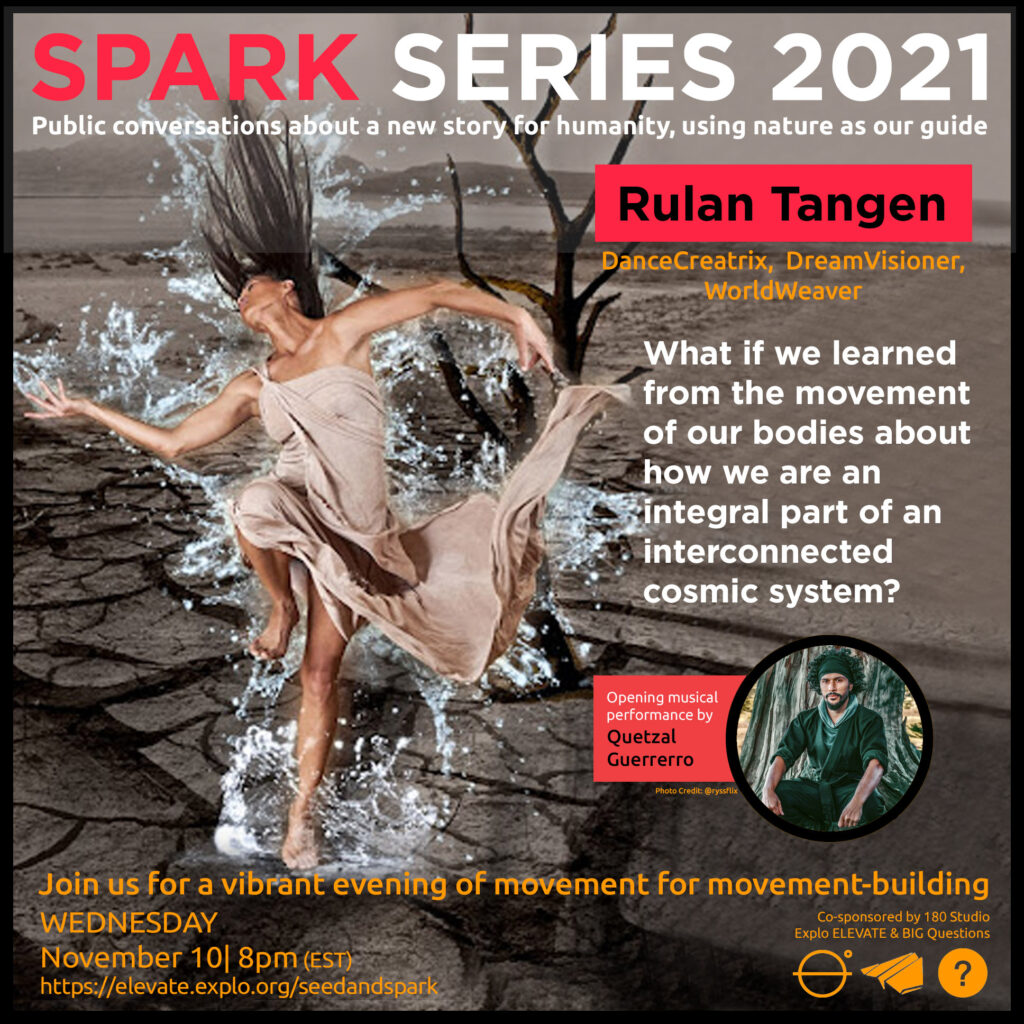(This article also appeared in the Huffington Post.)
How do we transform the quality of teaching and learning in America?
Like a lot of people, I’ve been wrestling with that riddle for the bulk of my career. And this month, three separate events are making me wonder in a new way about how to bring about such a shift – and sustain such a movement.
The first two were meetings that represented parallel, powerful constituencies and ideas – an Imagination Summit hosted by the Lincoln Center Institute in New York City; and an Empathy in Action working group, hosted by Ashoka in Washington, DC. At each gathering, I heard stories and insights from some of the world’s most influential thinkers – from Sir Ken Robinson to Deepak Chopra to Kiran Bir Sethi. I heard compelling cases for helping our education system become more effective at ensuring that all children become empathetic, and develop the ability to think imaginatively, act creatively, and behave innovatively. And I left feeling impressed by the energy and the motivation that was driving each group to push its work forward.
In a few days, I’ll also be attending the Save Our Schools (SOS) March, a grassroots-led movement of teachers and parents from across the country that disagree with the Obama administration’s current reform path – and plan to peaceably assemble in DC to indicate their displeasure. Since I’ll also be covering the march for CNN, I’ve been reflecting on the goals of those private meetings, the goals of this public march, and the essential questions that must be answered for any movement to be successful: Who or what is the movement’s opponent? What is its core idea, and how can that idea be expressed as simply and compellingly as possible? And how can a complex network of individuals, organizations and alliances come together to forge a common agenda?
Our own history tells us just how possible, and difficult, it is to turn ideas and energy into transformational change. That’s because reforming a system requires not just the capacity to know your enemy and forge a compelling narrative, but also a systemic approach to the problem – an articulation of the whole. Too often, what happens instead is we lose sight of the whole out of our preference for a specific piece of the puzzle – I call it the sacred cow syndrome. Instead of a unified movement, we get a cacophony of parallel efforts. And instead of paradigm shifts, we get Groundhog Day.
If you’re a principal, you know this all too well. In addition to everything else you do, you have to regularly sort through the literature from a range of school-improvement approaches and programs that, to your eyes, seem to have similar objectives and research bases: is it a service-learning focus you want to adopt, or a character education program? Is civic education where you will choose to hang your hat, or will you double down on social and emotional learning?
To be certain, each of these field’s approaches to learning is distinct, and each field has its own unique advantages. Each would also clearly benefit from a larger movement that brings about a shift from our Industrial Age model of schooling to one that is suited for the Democratic Age. And yet for years the different leaders of these different fields have sought, genuinely, to unite their efforts – only to fall back, eventually, on their respective sacred cows.
Which returns us to the present. What will the future hold for these nascent Imagination and Empathy networks, and for this weekend’s DC protest? Since all three tribes talk of movement building, will one be able to craft a big-enough umbrella to unite the aspirations of the many? Will we develop the capacity to understand the whole? And is it possible to sustain a movement of sacred cows that, by definition, no one is willing to eat?

Recent Comments